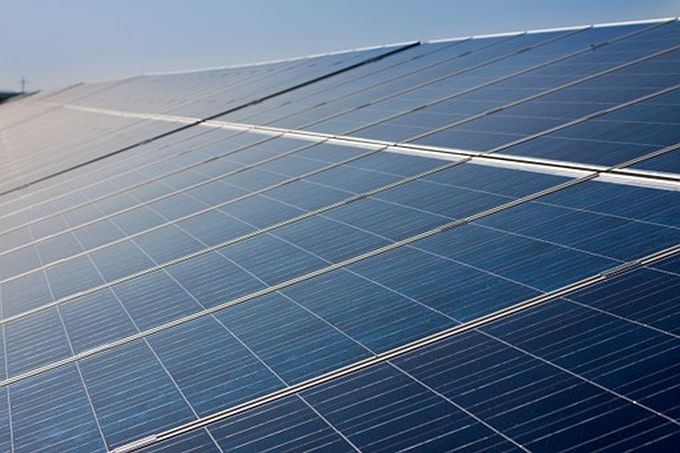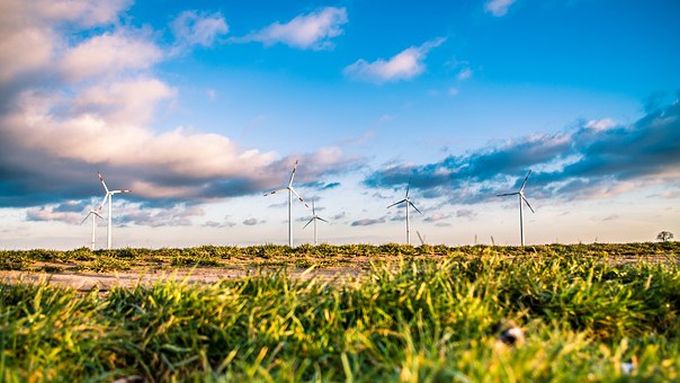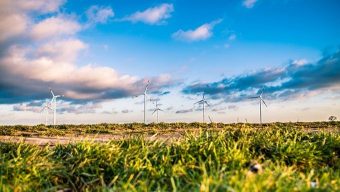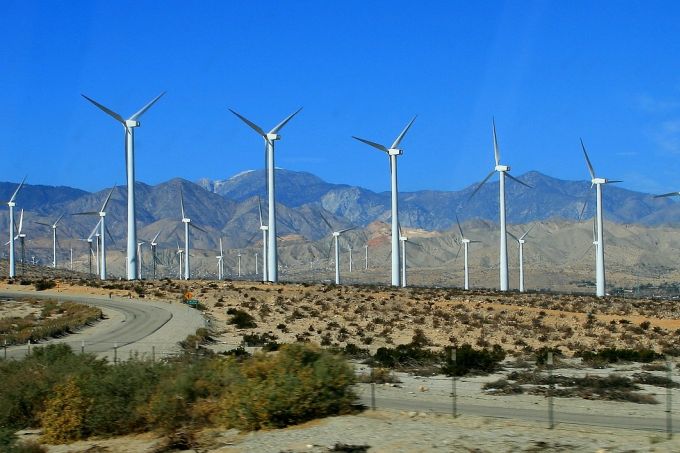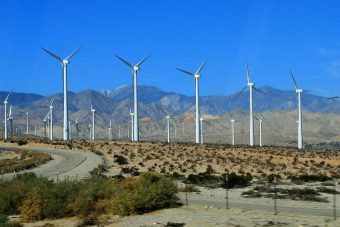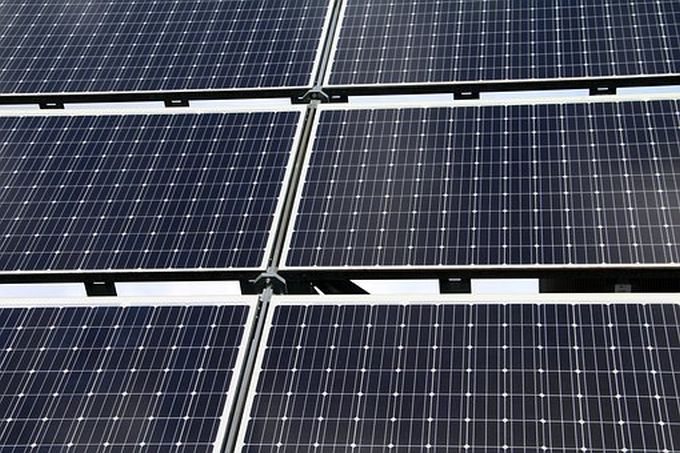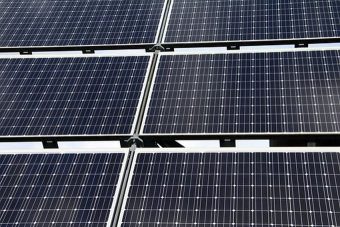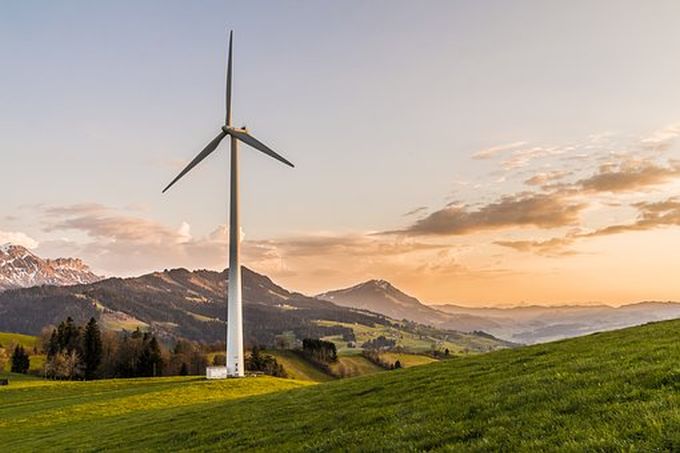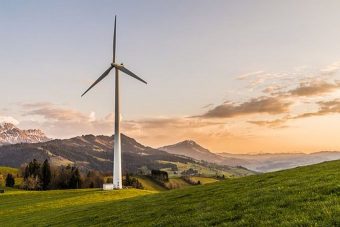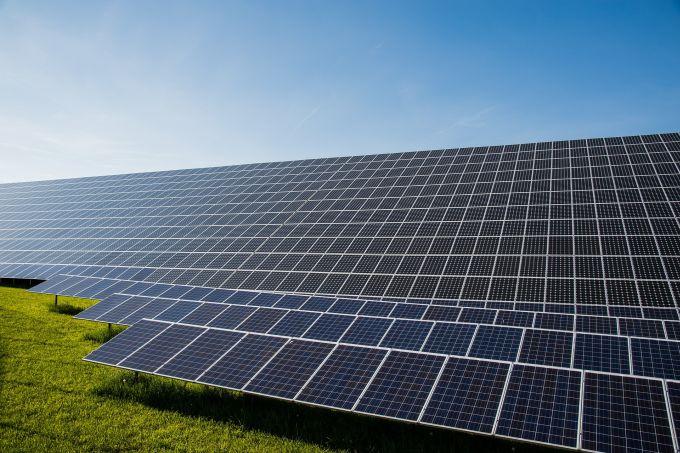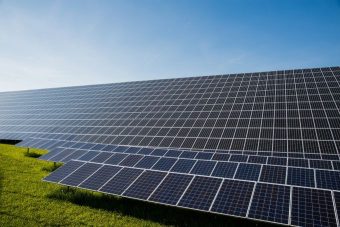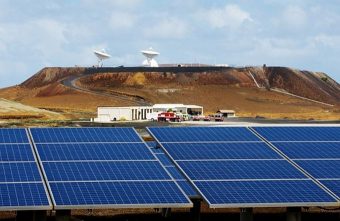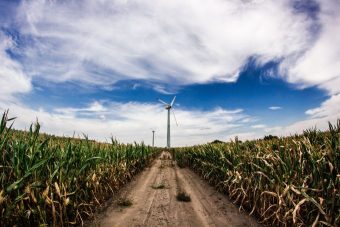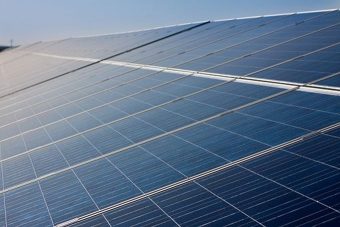
India’s second largest steel maker, Tata Steel, recently commissioned the country’s first solar power project located at an iron ore mine.
Tata Steel has commissioned a 3 megawatt solar power project at an iron ore mine in the state of Jharkhand. The solar power project, the first at an iron ore mine in India, will help Tata Steel replace a part of the electricity it consumes from the grid or diesel-based generators to power operations at the mine.
The project was commissioned jointly by Tata Steel, Tata Power Solar and Tata Power Trading Company — all part of the Tata industrial conglomerate. Power generated from the project will be purchased by Tata Steel at a fixed tariff. According to the information provided by the company in a press release, the mine currently draws electricity from the grid to carry out operations. In case the grid electricity is unavailable, the company shifts to diesel-based power generators.
“We have constantly looked at opportunities to exploit renewable energy sources. This is yet another milestone in our quest to become a sustainability driven company, committed to exploring clean energy solutions. Renewable energy is the best way of mitigating the impact of climate change,” said T V Narendran, Managing Director, Tata Steel India.
With the implementation of this solar power project, the company will be able to offset at least a part of the fossil fuel-based electricity coming from the grid or being generated using diesel. In addition to the solar power project, the company has also installed several solar-powered lights. The site of the project has enough area to increase the project size to 4.5 megawatts.
Other metal companies in India are also looking to implement renewable energy projects to power their operations. Vedanta-owned Hindustan Zinc, the largest zinc producer in India, is planning to set up 115 megawatts of solar power capacity for captive power consumption.
According to company officials, the capacity shall be set up in two phases — 15 megawatts and 100 megawatts. In the first phase, 10 megawatts capacity shall be set up near a smelter facility while a 5 megawatts project will be set up close to a zinc mine.
With the rapid fall in solar module prices, it makes financial sense for these large energy-intensive companies to switch to solar power and reduce dependence on costlier grid electricity. Additionally, using solar power will also help them meet their renewable purchase obligation.
Source: cleantechnica.com


